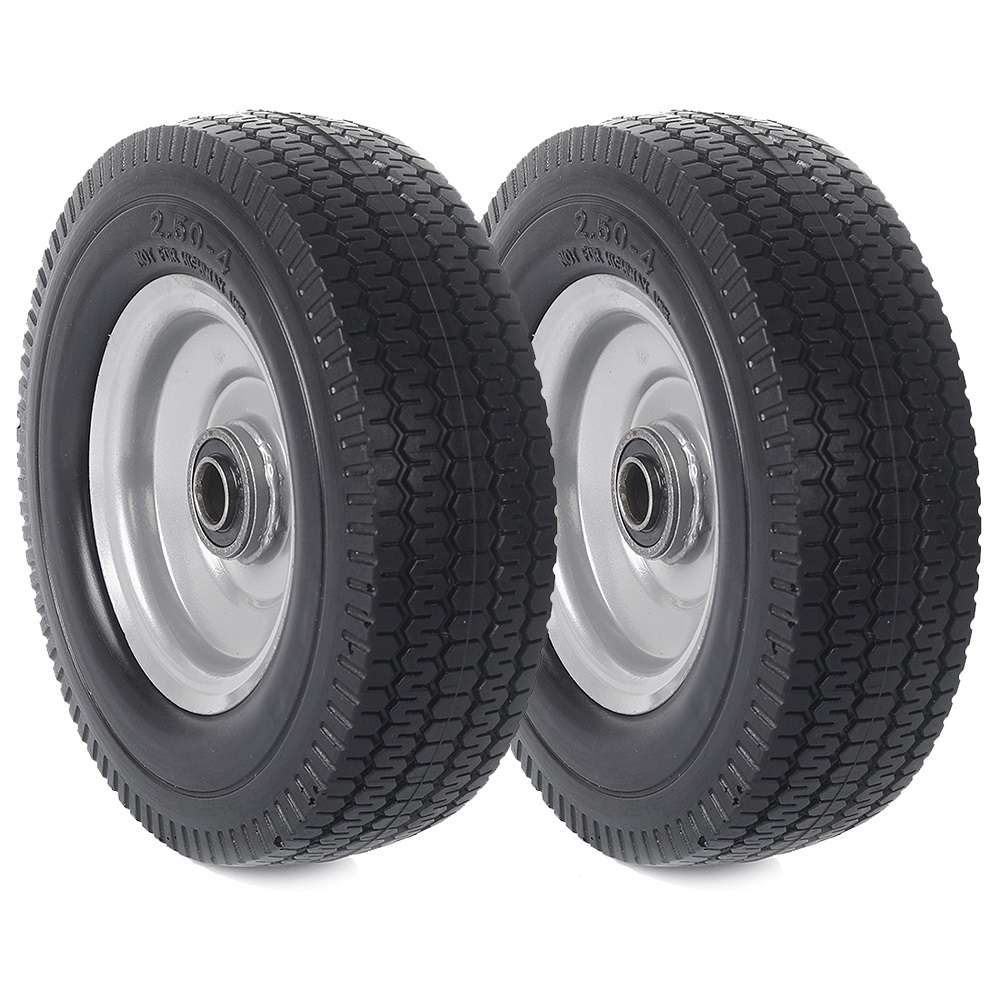Dealing with a tire puncture can be a frustrating experience for any driver. Whether you’re on a remote country road or in the middle of a busy city, a flat tire disrupts your journey and can lead to potential delays. One effective solution to this problem is a screw in tire repair kit. These kits are designed to help you fix common tire issues quickly and efficiently. Understanding how to choose the right repair kit for your needs is crucial for every vehicle owner. This article will guide you through the different types of screw in tire repair kits, their essential features, and tips for using them effectively.
Understanding Tire Damage
Common Types of Tire Damage
Tires can sustain damage from various sources, leading to flats and compromised safety. One of the most common types of damage is punctures, which raises a frequently asked question: “Can I drive with a screw in my tire?” When a sharp object, such as a nail or screw, penetrates the tire tread, it can lead to slow leaks or even rapid air loss, making immediate action necessary. While it might be possible to drive a short distance with a screw in your tire, it’s crucial to address the issue promptly to prevent further damage or a blowout. Additionally, cuts and sidewall damage pose significant risks. Sidewall punctures, in particular, are especially dangerous, as they cannot typically be repaired with standard methods, making tire replacement the safest option.
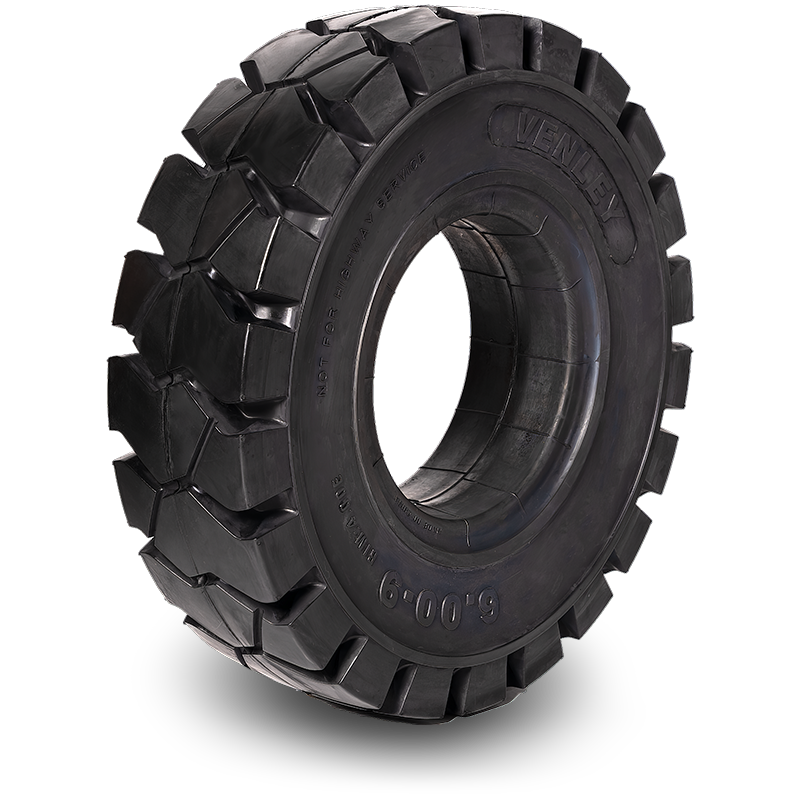
Recognizing Signs of Damage
It is essential to know how to recognize signs of tire damage. Look out for indicators such as a sudden drop in tire pressure, a bulge in the sidewall, or visible punctures in the tread. Keep an eye on how your vehicle handles while driving; any pulling to one side or vibrations could highlight an issue with your tires. Checking tire pressure regularly will also help you identify slow leaks early. If you suspect your tire is damaged, do not wait to investigate; getting a flat fixed sooner will prevent further complications.
The Importance of Timely Repair
Acting quickly when you notice tire damage is crucial for maintaining safety and performance. A punctured tire can lead to blowouts, which may cascade into more serious accidents if not promptly addressed. Repairing punctured tires in a timely manner can also improve fuel efficiency, as properly inflated tires ensure optimal performance. Additionally, delaying repairs can result in more significant damage that requires a costly replacement. Staying proactive about tire care is an easy way to ensure the longevity of your tires.
Types of Screw in Tire Repair Kits
Basic Tire Repair Kits
Basic tire repair kits generally contain essential tools to address minor punctures and leaks. These kits may include items such as rubber plugs, a reaming tool, and a plug insertion tool. Rubber plugs work by sealing the puncture from the inside of the tire. Basic kits are often compact and lightweight, making them convenient for roadside assistance. However, they typically do not cover more extensive tire damage and are best suited for small punctures only.
Comprehensive Tire Repair Kits
For individuals looking for a more thorough solution, comprehensive tire repair kits offer an array of tools and materials. These kits might include everything found in basic kits, along with tire sealant, patches, and air inflation options such as portable compressors. The inclusion of tire sealant allows users to fill larger punctures, offering a temporary solution until professional repairs are conducted. Comprehensive kits are often recommended for those who frequently travel in remote areas or participate in off-road activities.
Specialty Kits for Different Tire Types
Some manufacturers offer specialty tire repair kits tailored for specific types of tires, such as those on SUVs, trucks, or motorcycles. These kits are designed to accommodate unique tire features and can include sturdy materials that cater to higher weight capacities or off-road requirements. If you own a vehicle with specialized tires, it’s worth exploring tailored repair kits for the best performance and effectiveness. Researching options for vehicle-specific tires ensures that you have the right tools on hand to address any issues that may arise.
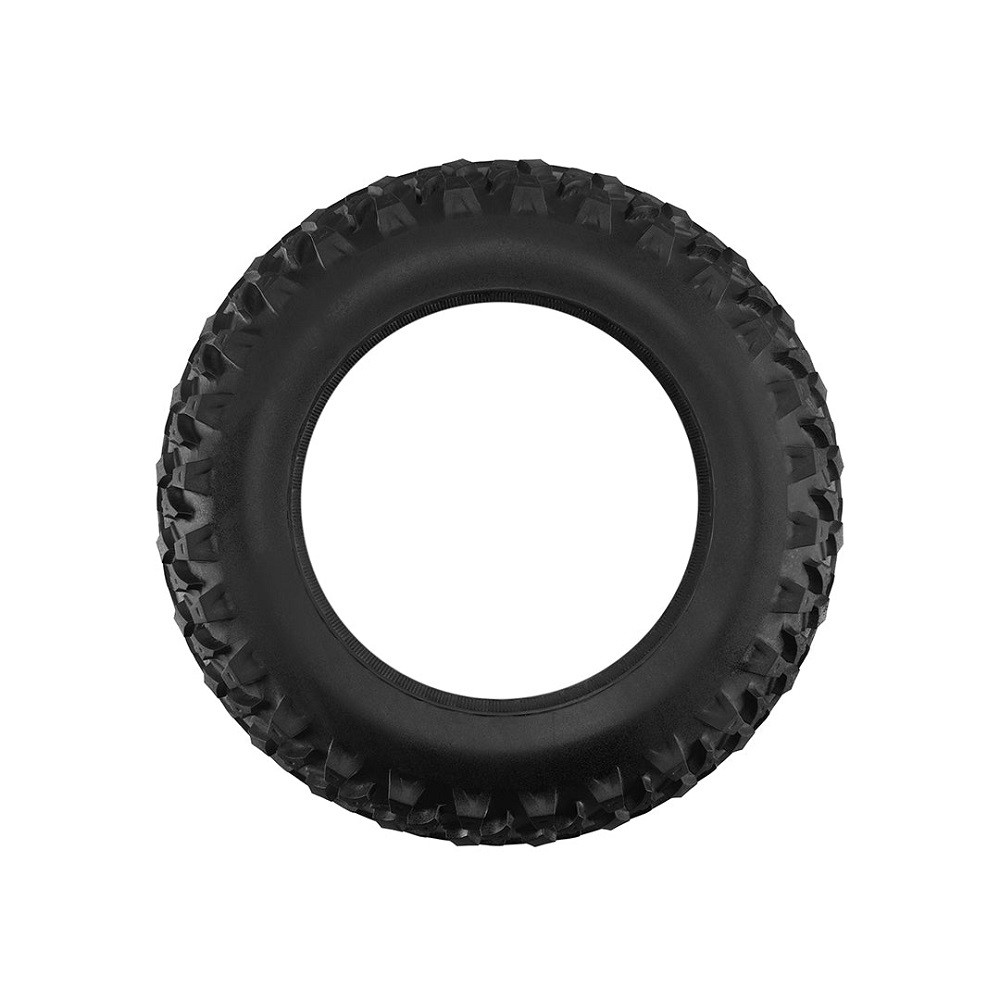
Essential Features of Repair Kits
Quality of Materials
When choosing a screw in tire repair kit, pay attention to the quality of materials included. Look for strong, durable rubber plugs that can withstand the pressure and heat generated within a tire. High-quality patches should have strong adhesive qualities to remain intact even under varying weather conditions. Investing in a reputable kit with quality materials can save you from future issues and ensure reliability during repairs.
Ease of Use
Simplicity and user-friendliness are key features to consider in tire repair kits. Many kits come with detailed instructions that make them accessible to individuals with limited mechanical knowledge. User-friendly tools will help you execute repairs swiftly, alleviating the stress of dealing with tire damage. Kits that offer instructional videos or diagrams can be particularly beneficial for those unfamiliar with tire repairs. Prioritizing ease of use will empower you to handle roadside emergencies confidently.
Portability and Storage
Choosing a portable and compact tire repair kit is crucial for convenience. Look for kits that can easily fit in your vehicle’s trunk or glove compartment without taking up too much space. Compact kits often come in hard-shell cases or durable pouches that protect the tools and materials from damage. Having a readily accessible repair kit increases your preparedness for potential tire issues, allowing for a smoother driving experience.
Using a Screw in Tire Repair Kit
Assessing the Damage
Before using a tire repair kit, it’s important to assess the extent of the damage. Carefully inspect the affected tire, looking for punctures, cuts, and other signs of wear. If the puncture is located on the sidewall, it’s often recommended to seek professional assistance, as such damages are typically not repairable. For punctures located in the tread area, quick action with your repair kit can prevent further issues and allow you to continue your journey.
Following Repair Instructions
After assessing the damage, follow the instructions included in your repair kit. Begin by removing any debris from the puncture and clean the area around it. Use the reaming tool to prepare the hole for the plug. Once the hole is ready, insert the rubber plug using the insertion tool, and ensure that it seals properly. Following the manufacturer’s directions ensures that you are using the right techniques and materials to achieve a safe and effective repair.
Inflating the Tire
Once the reparations have been made, it is crucial to inflate the tire to the recommended pressure before driving. Many tire repair kits include a portable air compressor, allowing you to conveniently fill the tire. If your kit does not include an air pump, you can drive your vehicle to a nearby gas station or use a separate pump. Before heading back out on the road, always double-check the tire pressure with a gauge to ensure optimal performance and safety.
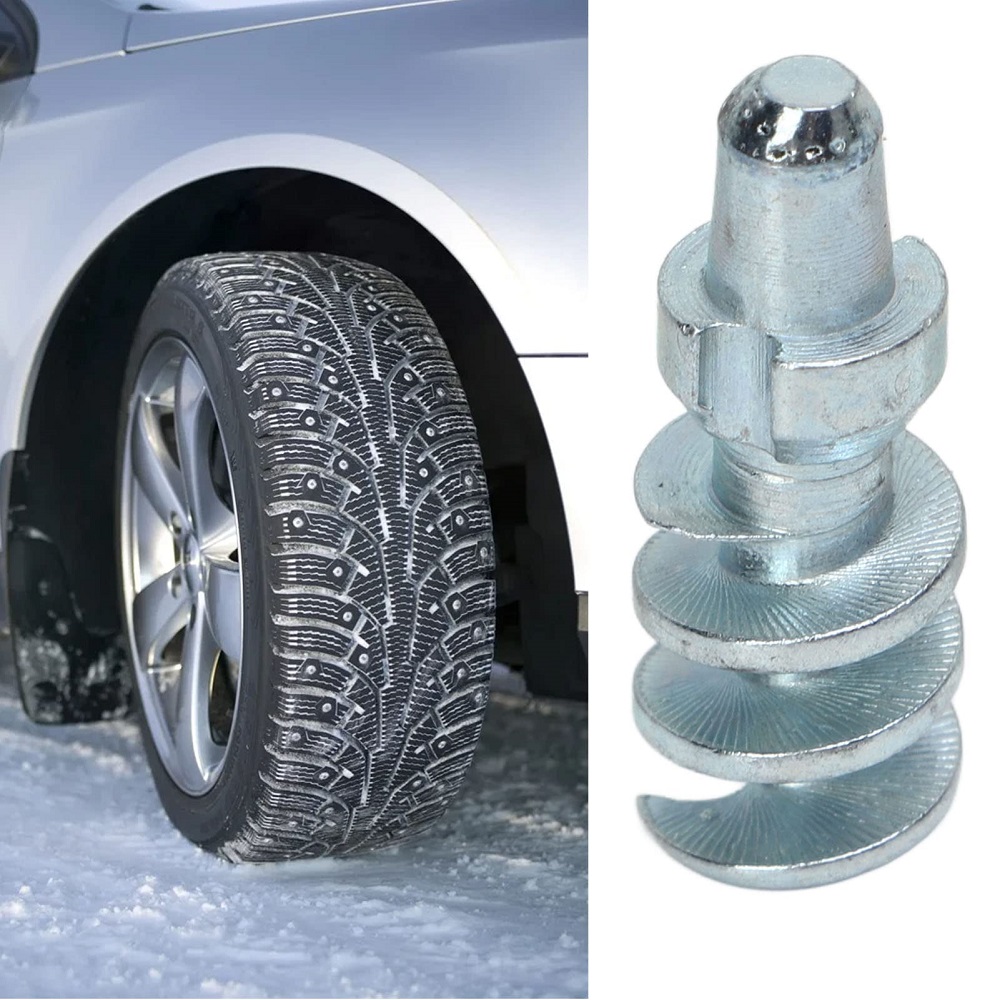
Preventative Measures for Tire Health
Regular Inspections
Regularly inspecting your tires can prevent many issues from escalating. Check for uneven wear, low tread depth, and any potential damage such as cracks or punctures. Performing these inspections monthly or before long trips helps ensure that your tires remain in good condition. By being proactive about tire maintenance, you can avoid the inconvenience of unexpected flat tires and the need for emergency repairs.
Maintaining Proper Tire Pressure
Maintaining the correct tire pressure is crucial for overall vehicle performance. Under-inflated tires can lead to decreased fuel efficiency and increased wear, while over-inflated tires can result in poor handling and a higher risk of blowouts. Always refer to the manufacturer’s recommended tire pressures and check them regularly using a reliable gauge. Keeping your tires properly inflated enhances safety and prolongs their lifespan.
Rotating Tires
Regularly rotating your tires aids in even wear and prolongs their longevity. Tires can wear unevenly depending on their position on the vehicle. Switching tires from front to back or side to side allows for a balanced distribution of wear. Most vehicle manufacturers recommend rotating tires every 5,000 to 7,500 miles, but you should refer to your specific vehicle’s recommendations. Consistent rotations help maintain optimal performance and extend the life of your tires.
The Community of Tire Enthusiasts
Connecting with Fellow Enthusiasts
Embracing a passion for vehicles can lead you to connect with fellow tire enthusiasts and automotive lovers. Online forums and local car clubs provide an avenue to share experiences, seek recommendations, and exchange tips on care and maintenance. Engaging with this community can be inspiring and informative, offering new insights into tire care, replacements, and driving experiences. Relationships built on shared interests create meaningful connections across diverse backgrounds.
Participating in Workshops and Events
Many communities host car shows, workshops, and other events centered around automotive culture. Participating in these gatherings provides a great opportunity to learn about the latest trends, tools, and techniques in tire maintenance and automotive care. These events allow for hands-on experiences where you can see products in action and engage directly with experts and enthusiasts alike. Networking at such events can enhance your knowledge of vehicle care and create friendships with likeminded individuals.
Sharing Knowledge and Experiences
By engaging in conversations with tire enthusiasts, you will have the chance to share your own knowledge and experiences about tire maintenance. Whether discussing the effectiveness of certain repair kits or sharing tips on tire care, these interactions create personal connections based on trust and mutual respect. Sharing valuable insights within the community fosters growth and encourages a culture of awareness surrounding tire health and safety.
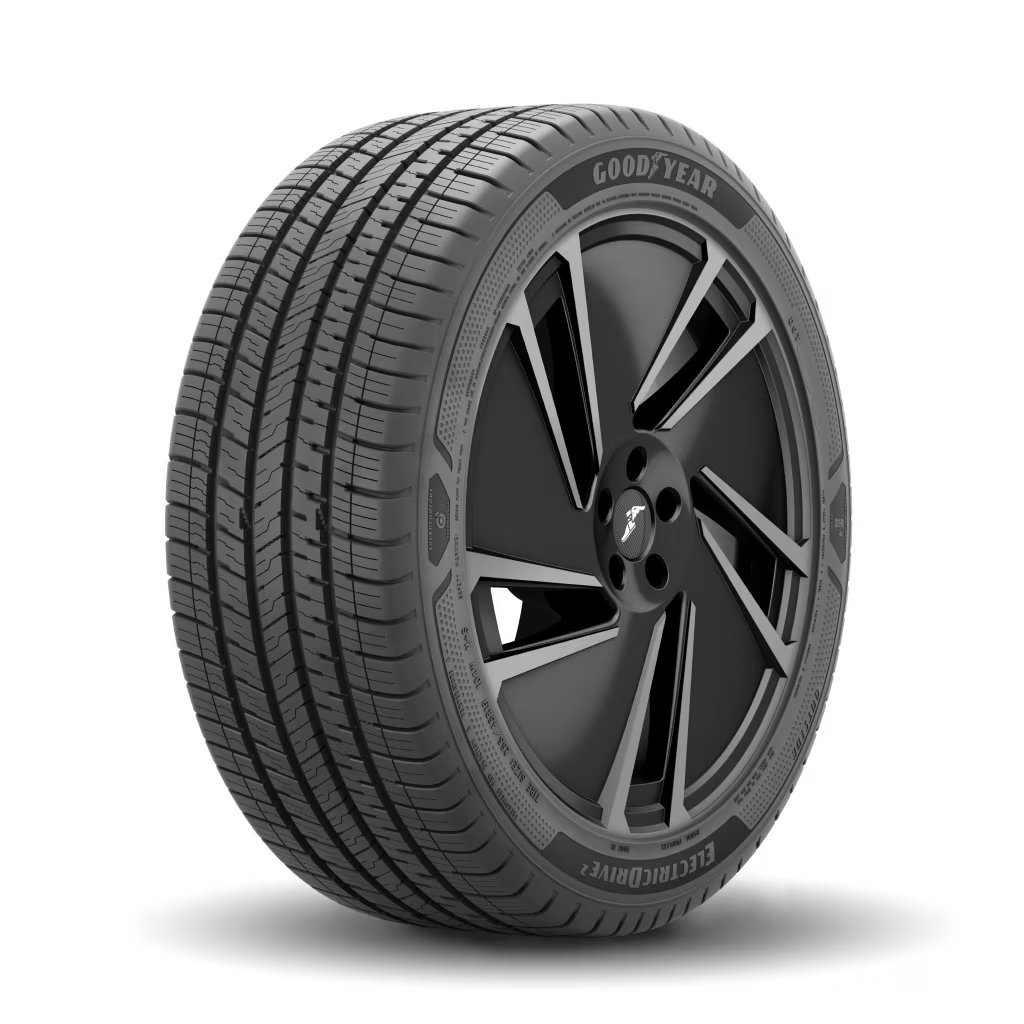
The Future of Tire Technology
Innovations in Materials
As technology progresses, innovations in tire materials are expected to emerge. New rubber compounds with enhanced resistance to punctures and wear might be developed. Advances in manufacturing could lead to stronger yet lighter tire constructions, improving performance on the road. These innovations will likely appeal to both everyday drivers and motorsport enthusiasts, elevating the overall driving experience.
Smart Tire Technology
The integration of smart screw in tire technology is on the horizon. This technology aims to monitor tire performance, pressure, temperature, and tread wear in real time. Smart tires equipped with sensors will provide drivers with alerts about potential issues before they become serious problems. This proactive approach can enhance safety by allowing for timely maintenance and decision-making.
Sustainable Practices
With an increased focus on sustainability, the future of tire manufacturing is likely to lean toward eco-friendly practices. This includes using sustainable materials, implementing recycling programs, and reducing waste in the production process. Environmentally conscious consumers will drive demand for tires that prioritize the health of our planet. The shift towards sustainable tire solutions will not only benefit the environment but may also create a more positive public image for brands committed to responsible practices.
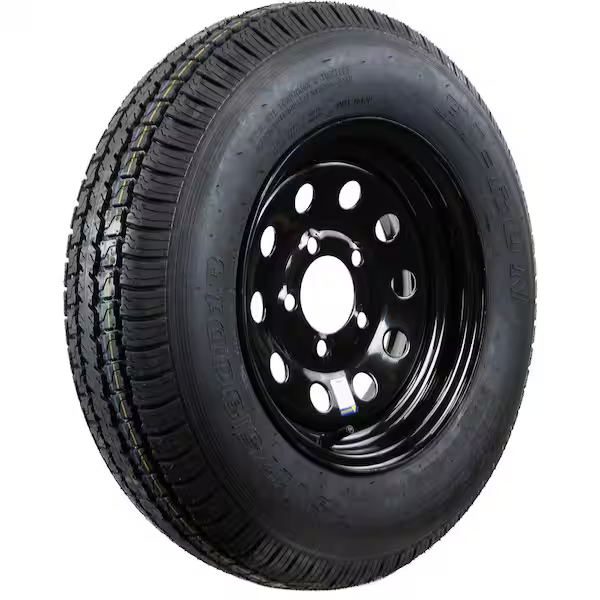
Conclusion: Empower Yourself with Knowledge and Preparation
In conclusion, screw in tire repair kits offer a valuable solution for resolving common tire issues. Understanding how to choose the right kit and care for your tires is essential for maintaining vehicle performance and safety. Regular inspections, proper maintenance, and connecting with fellow enthusiasts contribute to a more informed and proactive approach to tire care.
As you embrace the world of automotive maintenance and repair, remember the importance of having reliable resources at your disposal. Whether you are preparing for a road trip or dealing with day-to-day driving, being prepared with a tire repair kit can save you time, money, and stress. The knowledge you gain is not only empowering, but it will also enhance your overall driving experience.
Investing in the right tools and practices ensures that you stay safe and confident on your travels. Embrace proactive care for your tires, stay engaged with the automotive community, and keep an eye on the future of tire technology as it unfolds. By being informed and prepared, you can enjoy worry-free driving and make the most of every journey. Safe travels and happy driving!
